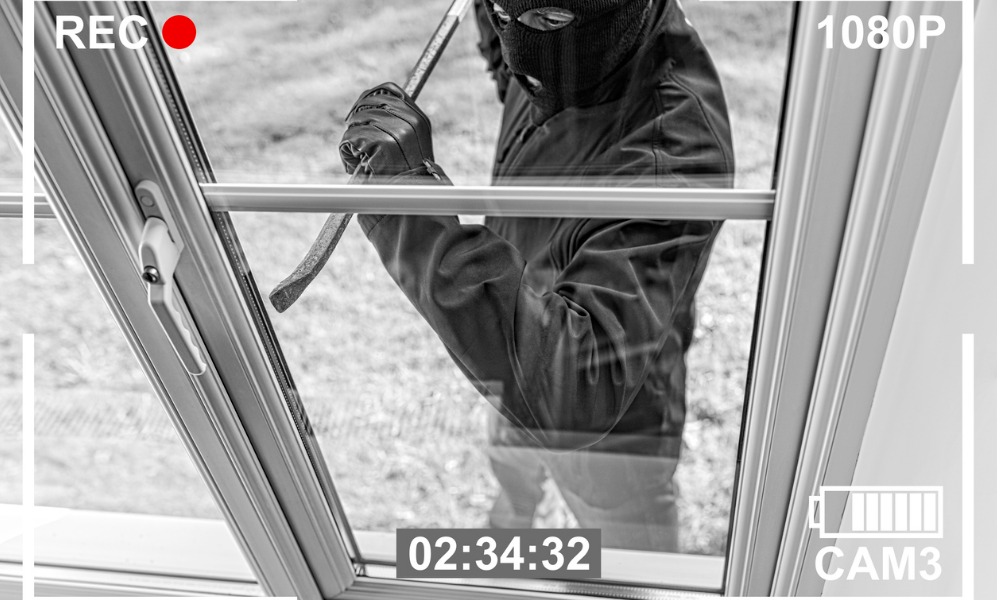How industry standards have got it wrong

Katherine DeCelles watched nearly 200 surveillance videos of convenience store robberies collected over the course of four years. And the professor of organizational behavioural and human resource management at the University of Toronto’s Rotman School of Management came to a firm conclusion: it’s time to change industry standard safety practices.
Protocol has always suggested clerks are safer during a robbery if they are out on the sales floor and not behind the counter, but in a new study published in the Proceedings of the National Academy of Sciences, DeCelles argues they’ve got it backwards. “It makes intuitive sense that you wouldn’t be as safe outside the counter… but the resistance I faced was huge.”
DeCelles says when a robber enters a convenience store they expect the clerk to be behind the counter. The clerk has also been trained to believe they are safer out on the sales floor, rather than attending the cash register. When a robber meets a clerk on the sales floor, the interaction becomes more unpredictable, and is more likely to result in injury.
DeCelles says it’s common for a clerk to freeze when they’re out on the sales floor during a robbery, and they don’t put their hands in the air, which is the clear signal they are not resisting. A frozen clerk doesn’t give any signals they’re willing to comply with the robber's demands, and the situation escalates because now the robber has to physically move the clerk towards the counter.
“So now they’ve touched them, which changes the dynamic. Sometimes they need to go on a hunt to find the cashier who is located somewhere in the store,” explains DeCelles. “Then you put them in this sort of hunt-and-capture mindset instead of more of a simple transaction of I’m going to make a demand and get what I need.”
As part of her research DeCelles surveyed 648 people, including both retail clerks and criminals who served prison time. 81 per cent of the participants expected the clerk to be behind the register and anticipated more violence if the clerk was on the sales floor.
DeCelles says the likelihood of injury is higher because both parties are afraid: “This is a dangerous interaction, it’s unpredictable and now you have this extra layer of unpredictability both in terms of what to do, but also what the other person is going to do and the expectation that you’ll be hurt. And this makes for a much more intense interaction for both parties.”
DeCelles says the takeaway for the industry is pretty simple. “Stop training people that they will be safer out from behind the register.” She suggests clerks receive a script on how to act during a robbery while they are out on the sales floor. It includes putting their hands up in the air and verbally stating they will comply with the demands. DeCelles says this change in training and safety practices would significantly decrease injuries.





